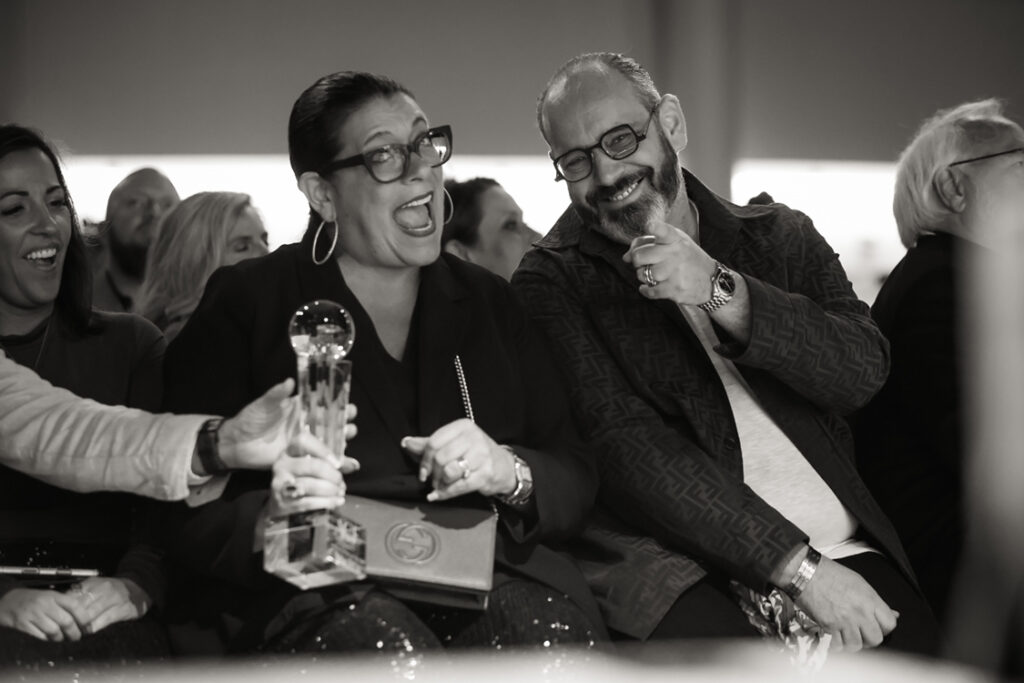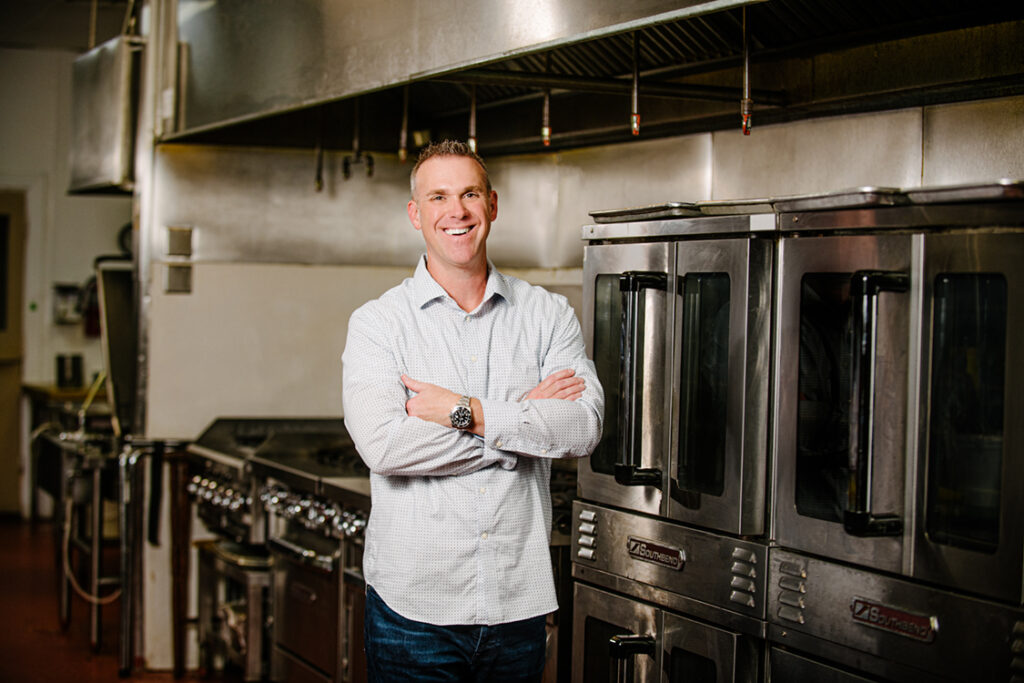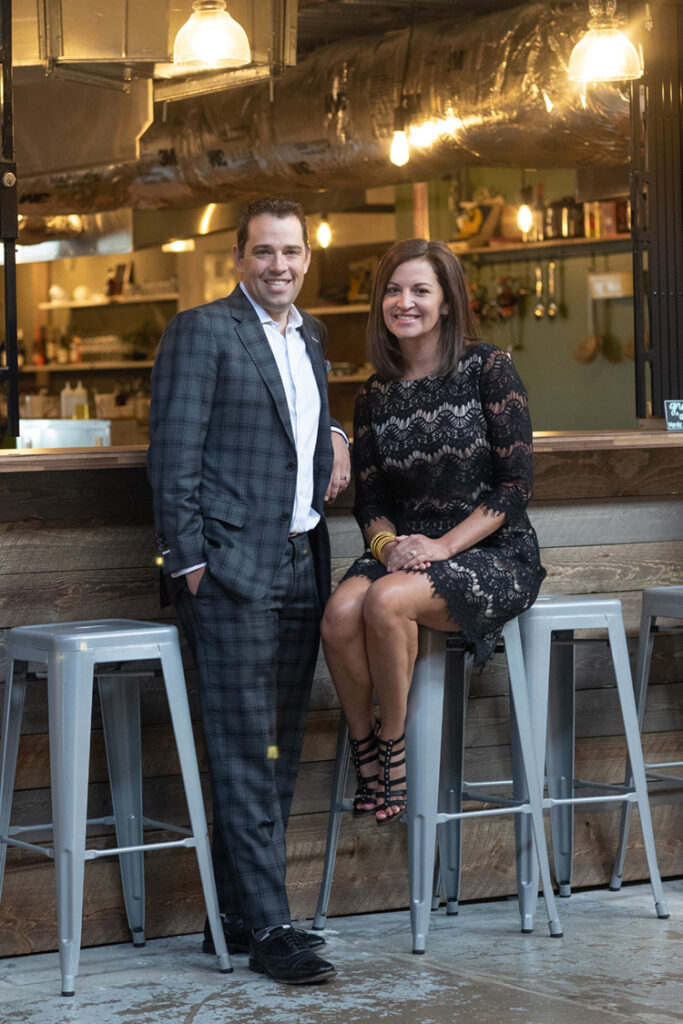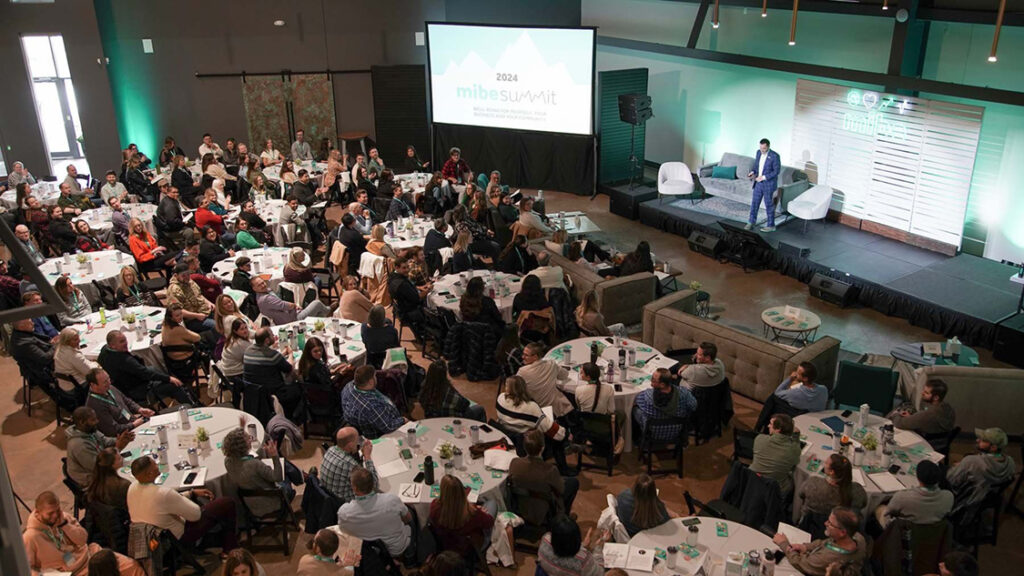CFE checks in with three veteran caterers, who detail key trends shaping the industry
By Sara Perez Webber

Signs point to a robust year for catering in 2025. That’s the consensus from three veteran caterers, who shared with CFE their outlook for the industry.
“It’s hard to believe that we are five years removed from the pandemic,” says Anthony Lambatos, owner and CEO of Footers Catering in Arvada, Colorado. “After the dramatic drop-off and then meteoric return of events, business has stabilized, and we are settling into an environment with a bit more predictability.”
Lambatos—along with Kevin Lacassin of Good Food Events + Catering in Tampa, Florida, and Robin Selden of Marcia Selden Catering in Stamford, Connecticut—pointed to six trends they see impacting their businesses going forward.
Changing Nonprofit Events
Focused solely on full-service events, Footers Catering—owned by Lambatos and his wife April—does about 450 events each year, with revenue of $8.5 million. “Corporate and convention business continues to be stable for us, whereas wedding and nonprofit gala markets are fluctuating rapidly,” says Lambatos. “Nonprofits are forgoing traditional gala fundraising models for events with a better ROI, and our team is ready to collaborate with them on new ideas like concerts and sporting events.”
For example, Footers caters Make-A-Wish’s “Whiskey, Wine & Wishes” event, which features a country-music concert. Footers’ casual stations menu, with no formal seating, keeps the event’s cost lower than it would be with a seated plated gala format.

The loss of federal grant funding is also impacting nonprofits, which means “it’s more important than ever for them to raise more money through events,” says Lambatos. By adapting to market changes, Lambatos anticipates Footers’ business to grow this year.
The Value of Diversification
After purchasing another catering company in 2022, Good Food Events + Catering in Tampa, Florida, is moving forward with a multi-brand strategy—a concept beginning to catch on in catering, following the successful model of restaurant and hotel groups. President and CEO Kevin Lacassin founded Good Foods in 2008. The company now has 15 full-time employees and sales north of $3 million. “We are focused on high-end events, weddings and parties that are seeking a custom menu experience and restaurant-style food that is cooked onsite,” he says. Lacassin’s aim is to slow the growth of the core business to focus on fewer high-quality events.
On the other hand, Lacassin is “hyper-focused on rapid growth” of the new brand, Delectables Fine Catering, which diversifies the company’s price-points and styles of food and service. “In order for it to be successful, there needs to be some division in leadership, values, culture and staffing,” advises Lacassin. “We are fortunate to be in a position where we have a sister brand with a value-based menu and format.”

More Experiential Events
Founded 46 years ago in Stamford, Connecticut, Marcia Selden Events had its best year ever last year. “What’s super-exciting is that we are trending to crush our 2024 numbers already,” says Robin Selden, managing partner and executive chef.
Spurring the company’s growth is a commitment to meeting customer demand for more experiential events. “At Marcia Selden Catering, we will be seeing dining tables that double as art installations,” says Robin. “Think projection mapping that makes plates dance with light, edible ‘perfumes’ wafting from dishes, creating dining experiences that are part feast and part magic.”

Lambatos is seeing growing demand for experiential events in all sectors. “Corporate and DMCs [destination management companies] are more obvious, but couples want guest experiences, nonprofits are looking for ways to engage their donors, even backyard social events have multiple activities,” he says. “From photo booths to immersive demos to hands-on culinary activations, making guests a part of the experience is crucial.”
Enhanced Focus on Wedding Cuisine
Couples are increasingly opting for seated dinners at their receptions, says Lacassin. “We were a pioneer in our market for unique and innovative station-style events, and we have found that they are still perfect for corporate events, but fortunately no longer a trend for weddings!” he says.

At Marcia Selden Catering, wedding hosts are sparing no expense for their guests, says Robin: “Expect over-the-top menus, jaw-dropping tablescapes and service so seamless it feels like a well-rehearsed ballet. We will be focused on turning meals into performance art with live plating, dramatic reveals and tableside chef experiences.”
Rising Expenses
The cost of doing business continues to increase, notes Lacassin: “While our core mission of hospitality has not changed, the cost in executing that vision has changed dramatically.”
Yet explaining what catering costs to clients remains an ongoing challenge. “Our food costs have remained fairly steady, but insurance costs are what our clients are really paying for,” says Lacassin. “And that is a tough thing to explain to clients, when we are just perceived to be selling food. Our guest experience revolves around off-premise catering and bringing the restaurant experience to the guest.”

Employee Retention
According to the U.S. Bureau of Labor Statistics, the hospitality industry has a 74 percent turnover rate annually—well above the average of other U.S. industries, which is between 12 to 15 percent. Yet many caterers are working to change that.

Lambatos, for example, advises others on how to transform their businesses into great places to work with his coaching consultancy, MIBE (Make It Better Every day). Founded in 2019, MIBE has worked with more than 250 hospitality companies on such topics as leadership development.
“Companies are more focused than ever on attracting and retaining great people,” says Lambatos. “Company culture continues to be an important factor in this, and in an industry that has historically not been known for great work environments, I’m seeing more companies than ever make this a priority.”











